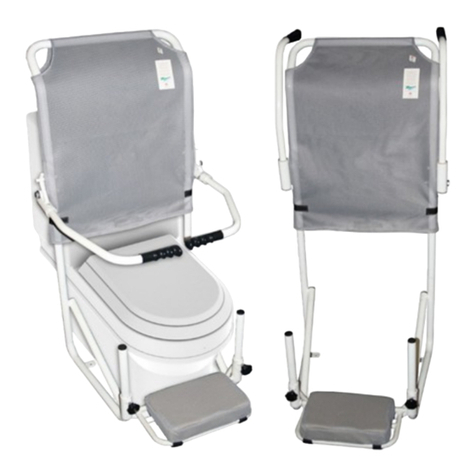
ReadMyHeart 100
Chapter 4: Viewing records on ReadMyHeart ..................... 17
Recalling Data......................................................................17
Deleting data........................................................................18
Chapter 5: Installing ReadMyHeart software....................... 19
System requirements ...........................................................19
Software installation instructions..........................................19
Software registration and upgrade information....................20
Transferring data from ReadMyHeart to a PC......................21
Chapter 6: Using ReadMyHeart software............................. 24
Viewing Heart Parameters and Data Files...........................25
Viewing Heart Parameters Trend Graphic............................25
Deleting a Record ................................................................26
Printing Heart Function Trend ..............................................26
Chapter 7: Care and Maintenance........................................ 27
Cleaning the dry electrodes .................................................27
Product registration, updates, newsletters:..........................28
FDA and Health Canada Licence Numbers.........................28
Descriptions of the device....................................................28
Product Specifications..........................................................29
Medical Device Warranty .....................................................30
Limitations and Exclusions...................................................30
Chapter 8: User Assistance and Trouble Shooting.............32
Frequently Asked Questions ................................................32
“How to …?”, “What…?” and “ Where…?”...........................35
Contact DailyCare................................................................36
References...........................................................................36
IV




























